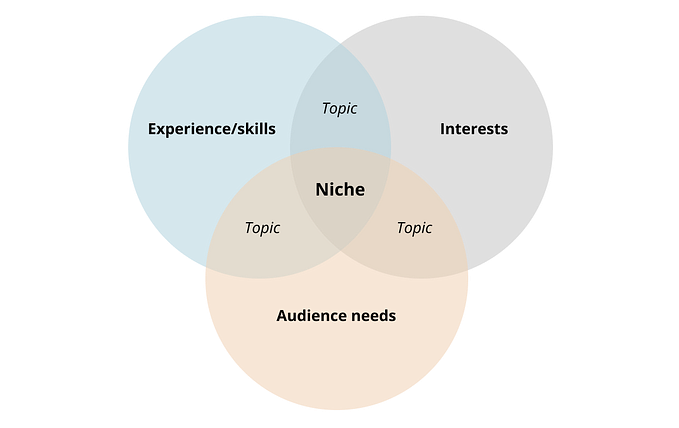Member-only story

Bias is everywhere. It is like air. And the best part is we even don’t know if we are biased or not. Some of the cognitive biases are good, they are like mental shortcuts for making quick decision. Some are really bad and many companies use this as their advantage to trick and deceive the customers. It is imperative to know different cognitive biases to make an informed decision while designing and also to get different perspective by putting ourselves in the user’s shoes. Let’s dive in.
Anchoring Effect
People tend to focus on a single, initial piece of information, which influences how they estimate value and make subsequent decisions

Amazon carefully places some preset amount options to influence the gift card amount that we are going to spend. They have also placed the highest amount $150 near to the box where we can enter the amount we would like. Even if we came to buy a gift card for 40$ or something in that range $100, $150 push us to invest more on the gift card.
Social Proof
People are guided by other people’s behavior, so we can represent the actions, beliefs, and advice of the crowd in a design to influence users

Star ratings of products make great use of social proof. Not only the ratings but number of people who has given ratings matter the most while deciding to purchase the product.
Bandwagon Effect
The tendency to do or believe things because many other people do or believe the same. It is also referred to as Herd Behaviour.











